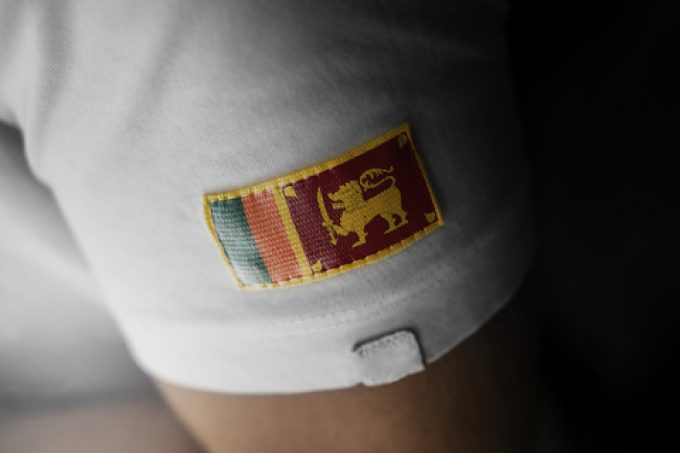Carriers forced to seek alternatives as capacity crunch at Colombo Port tightens
Terminal capacity pressure building in Sri Lanka’s Colombo port, linked to the Red Sea-linked transhipment ...
TFII: SOLID AS USUALMAERSK: WEAKENINGF: FALLING OFF A CLIFFAAPL: 'BOTTLENECK IN MAINLAND CHINA'AAPL: CHINA TRENDSDHL: GROWTH CAPEXR: ANOTHER SOLID DELIVERYMFT: HERE COMES THE FALLDSV: LOOK AT SCHENKER PERFORMANCEUPS: A WAVE OF DOWNGRADES DSV: BARGAIN BINKNX: EARNINGS OUTODFL: RISING AND FALLING AND THEN RISING
TFII: SOLID AS USUALMAERSK: WEAKENINGF: FALLING OFF A CLIFFAAPL: 'BOTTLENECK IN MAINLAND CHINA'AAPL: CHINA TRENDSDHL: GROWTH CAPEXR: ANOTHER SOLID DELIVERYMFT: HERE COMES THE FALLDSV: LOOK AT SCHENKER PERFORMANCEUPS: A WAVE OF DOWNGRADES DSV: BARGAIN BINKNX: EARNINGS OUTODFL: RISING AND FALLING AND THEN RISING

Sri Lankan garment manufacturers are eyeing an export rebound, avoiding a substantive recession, with the west sourcing new brands.
Apparel volumes out of the South Asian island declined dramatically in the fourth quarter of 2022, as economic collapse in Europe and the US exposed Sri Lanka’s reliance on big name brands to keep the industry moving.
“Europe and the US have always had the largest market share, and our fortunes are absolutely tied to them,” Sean Van Dort, of the Sri Lanka Shippers Council, told The Loadstar.
“But it is the brands rather than destinations that we talk about. The talk is always that Australia is a huge market, but by volume, it is miniscule. South America on the other hand is massive – but those bikinis on the beaches are all cheap domestic brands.”
A GSSA source told The Loadstar the Sri Lankan economy was being “pounded” by a long-term absence of imports and exports after “disastrous financial mismanagement” by the government.
The source said: “Unlike in other economies, Sri Lanka did not experience a post-Covid bounce, and that is because we had a foreign currency shortage that made it impossible for us to pay for imports.”
As a result, the government attempted to cut imports in any way it could, with one overnight decision proving particularly disastrous. In May 2021, the government imposed a ban on the use of synthetic nitrogen fertilisers, with reports suggesting this would save $400m on imports annually, and force farmers to “go organic”.
However, the move resulted in major crop failure, leading to a reliance on imported food to feed the population and protests that brought a presidential resignation.
While the ban may have been lifted, the GSSA said the decision continued to hamper trade, together with the ongoing currency turmoil, meaning “we’re not importing, nor exporting”.
Mr Van Dort said: “Unlike apparel, people need food and we have seen things improve on the crop front, as our major export markets – the Middle East and Maldives – gear up for tourist seasons, while the high-end French markets have come calling again for our tropical fruit.”
However, both sources agreed that the apparel’s reliance on big name western brands had put the country’s garment manufacturers in something of a bind, with the GSSA urging “US and European buying power” to help guide Sri Lanka back to the export table.
Mr Van Dort said: “We are looking for new brands that could benefit from the capacity and expertise of our garment makers.
“These searches for new brands help stir existing brands, as it makes them worried that if we land a new brand, they will lose that manufacturing capacity. We have had brand managers telling us to expect a surge in orders in Q2 as their stocks need replenishing. We’re hopeful.”
Comment on this article